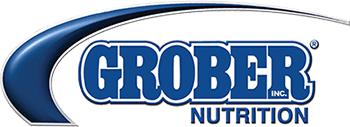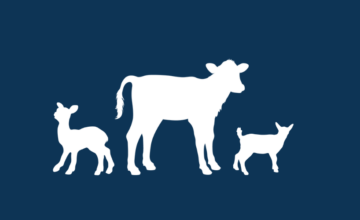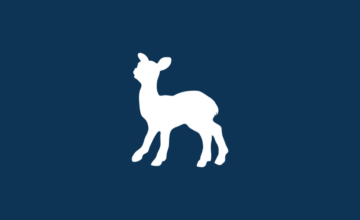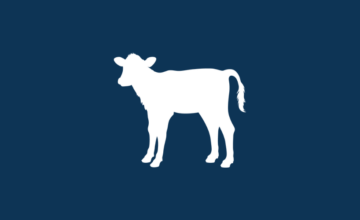Feeding Jersey Calves
- Feb 09, 2011
- By Grober Nutrition
- In Canada, USA
General Recommendations:
- Always feed colostrum, the more the calf gets before 6 hours of birth the better
o Aim for 4 litres/quarts within 6 hours and then another 2 litres/quarts before 24 hours
o Colostrum can be fed for several days and there is some evidence that colostrum after 24 hours still has some immune benefits
o Consider colostrum replacer, such as Calf’s Choice Total, as a part of a strong calf program
- Transitions are always difficult but can be dangerous in smaller calves
o When moving from colostrum to milk replacer, start milk replacer offerings slow – the calf must adjust to the new feed
o Liquid manure is common throughout the entire milk feeding period, just watch for watery manure and signs of illness such as lack of energy, dull appearance, coughing etc…
- Sanitation is critical to a good calf management program
o Wash feeding utensils daily (optimally after each feeding) with warm soapy water
o All utensils should be left to dry in an area that isn’t near animals
o Bedding should be dry and changed
o People handling calves should wash hands or use gloves – especially if having handled cows
- Jersey calves are smaller
o Smaller stomachs require frequent feedings to allow a calf to properly digest its feed
o Nutrients are energetically expensive for the calf to digest (it takes a lot of their energy to break nutrients down and absorb)
§ If too many nutrients are provided at once, the calf’s stomach will become overwhelmed and milk will either travel back to the rumen and cause bloating or it will pass right through the calf and cause nutritional scours
o Without nutrients a calf will not grow and develop, so it is best to design the feeding schedule to MAXIMIZE nutrient uptake
§ Smaller meals frequently keeps the calf well fed and allows for nutrients to be broken down and absorbed
The recommended feeding schedule below is based on 150g/L (5.3oz/quart) of Grober High Performance milk replacer.
This feeding schedule was developed through NRC, 2001 based on the energy requirements of a typical Jersey calf. Intakes should be adjusted to meet individual calf needs
| Age of calf | Litres of milk replacer | Feedings/day |
| Day 1 | Colostrum | |
| Day 2-7 | 1.5 – 2L (1.5 – 2 quarts) | Minimum 3 |
| Week 2-4 | 2.5L (2.5quarts) | Minimum 2 |
| Week 4-6 | 3L (3quarts) | Minimum 2 |
| Week 7-8 | 3L (3quarts) | 1 feeding less than before |
More milk can be offered to Jersey calves starting week 2 then the feeding schedule above permits as long as multiple meals per day are also offered. Automatic calf feeding machines are a good option for allowing the calf many meals in one day.
Grober Nutrition
Recent Posts
Tags
Archives
- October 2024
- July 2024
- May 2024
- April 2024
- January 2024
- December 2023
- October 2023
- September 2023
- August 2023
- June 2023
- December 2022
- November 2022
- October 2022
- August 2022
- July 2022
- June 2022
- May 2022
- April 2022
- March 2022
- February 2022
- January 2022
- August 2021
- February 2021
- September 2020
- June 2020
- April 2020
- May 2017
- April 2017
- October 2016
- September 2016
- August 2016
- March 2016
- March 2015
- January 2015
- December 2014
- December 2013
- September 2013
- May 2013
- January 2013
- December 2012
- November 2012
- March 2012
- March 2011
- February 2011
- November 2010
- August 2010
- December 2009
- November 2009
- March 2009






